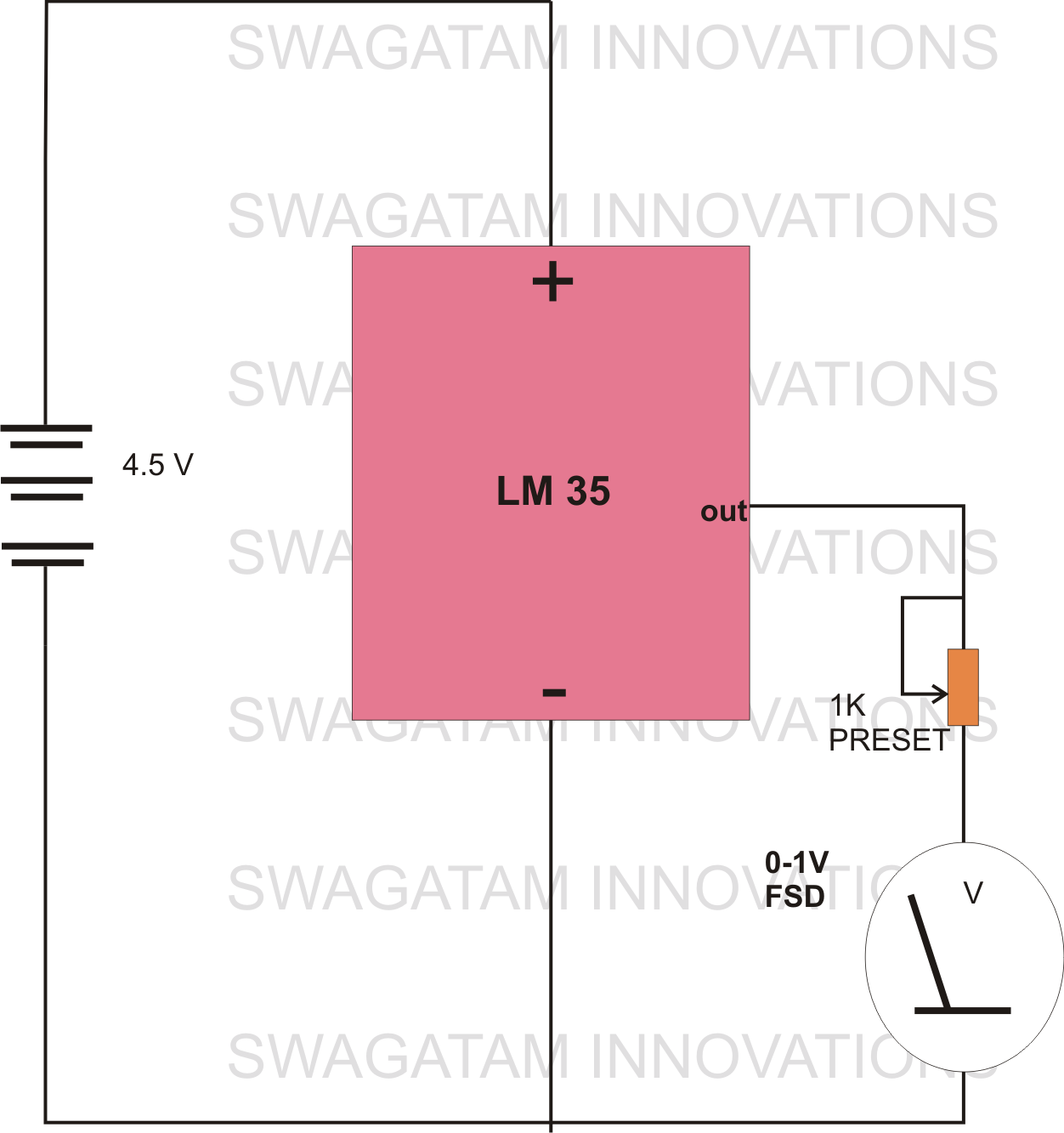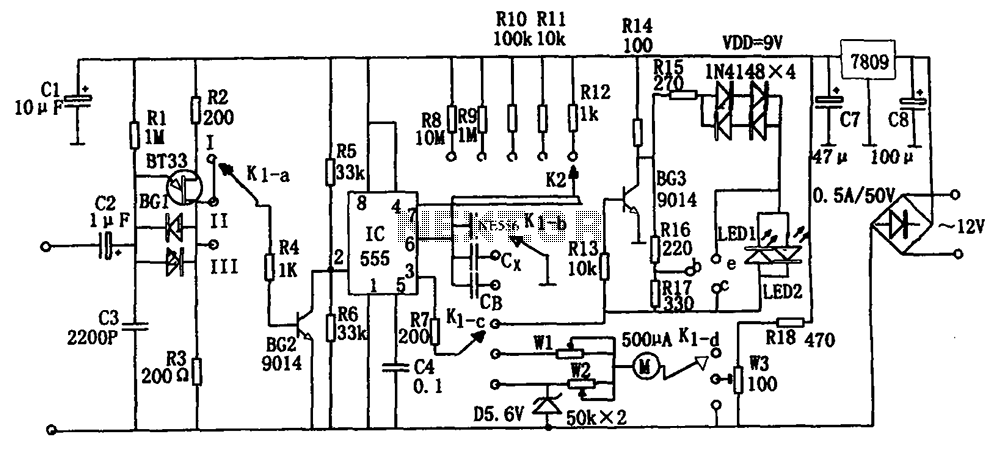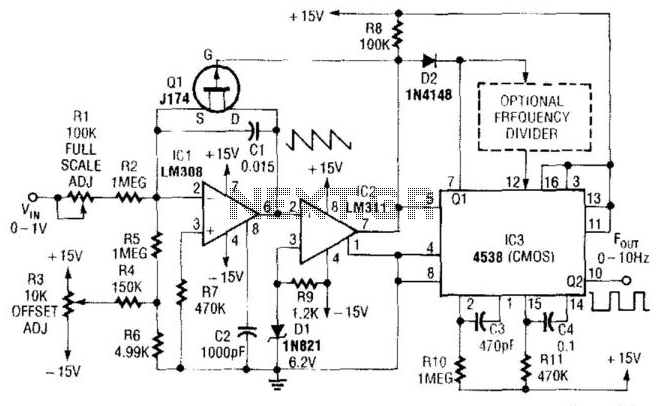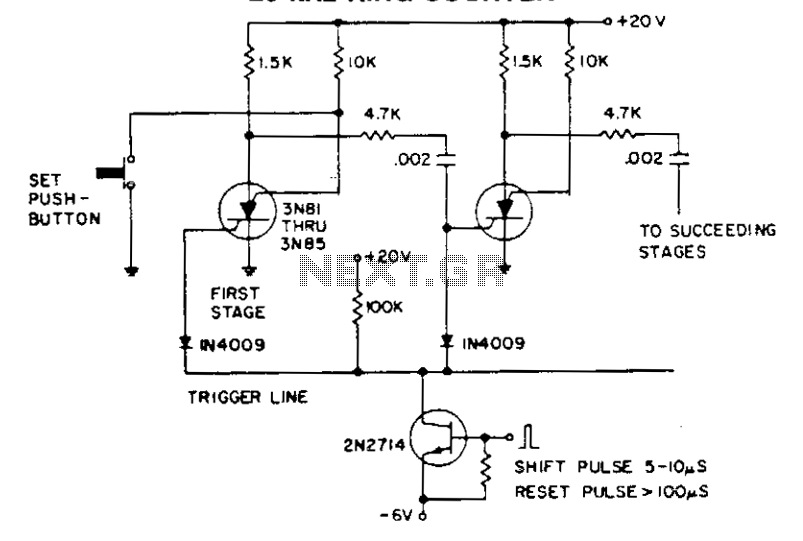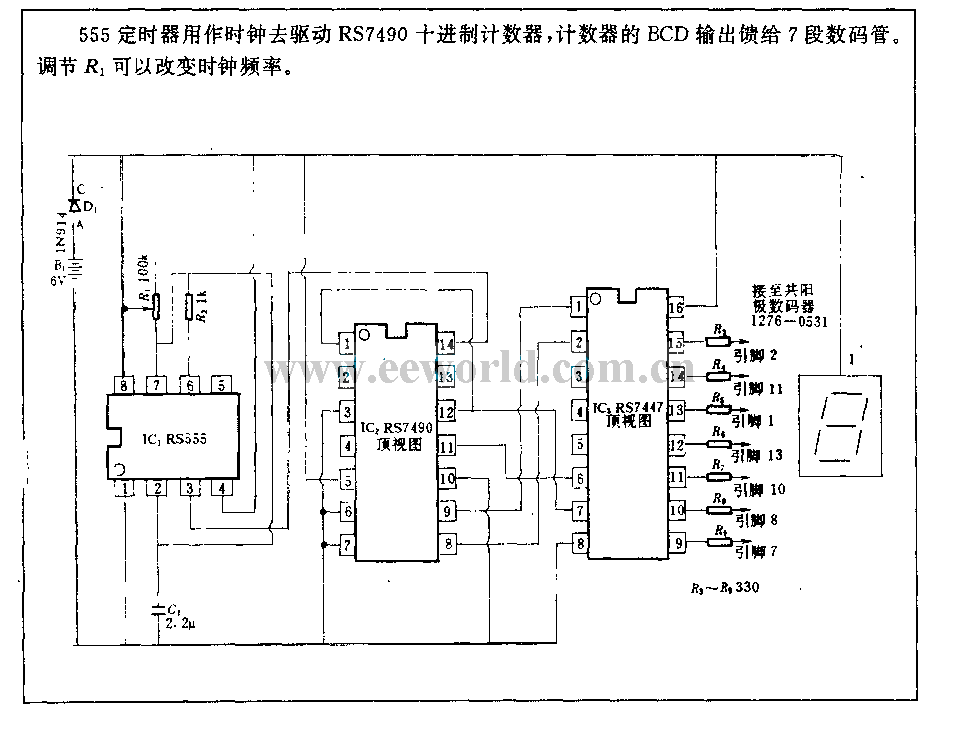
simplest 50mhz frequency counter
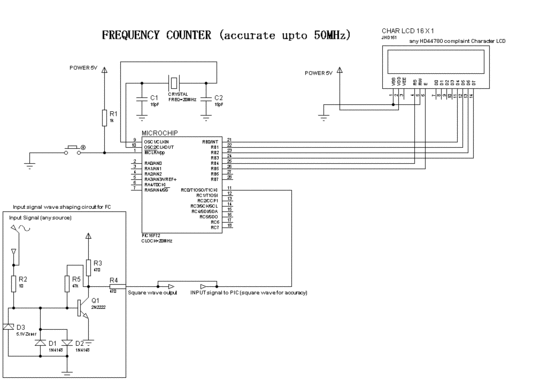
Programming of the PIC microcontroller is required prior to its utilization in this circuit, which necessitates the use of a programmer. A suitable programmer can be located by searching for "Multi-PIC Programmer."
The PIC microcontroller serves as the core component in a variety of electronic circuits due to its versatility and ease of use. To successfully implement this microcontroller in a circuit, it is essential to first program it with the desired firmware. This process involves writing the code that dictates the microcontroller's behavior, which is typically accomplished using a specialized programming tool.
The Multi-PIC Programmer is one such device that facilitates the programming of various PIC microcontrollers. This programmer connects to a computer and allows users to upload their code to the microcontroller via a suitable interface, often utilizing a serial or USB connection. The programming process includes selecting the appropriate microcontroller model, loading the compiled code, and initiating the programming sequence through software that supports the specific programmer.
Before programming, it is crucial to ensure that the microcontroller is correctly powered and connected to the programmer as per the manufacturer's specifications. The circuit design may include additional components such as resistors, capacitors, and oscillators to ensure stable operation during the programming phase.
Once the programming is complete, the microcontroller can be integrated into the circuit, where it will control various functions as dictated by the programmed code. Proper testing and validation of the programmed firmware are essential to ensure that the microcontroller operates as intended within the overall circuit design.You will need to program the PIC micro-controller before you can use it in this circuit, for which you will need a programmer. You can find it by googling Multi-PIC Programmer . 🔗 External reference
The PIC microcontroller serves as the core component in a variety of electronic circuits due to its versatility and ease of use. To successfully implement this microcontroller in a circuit, it is essential to first program it with the desired firmware. This process involves writing the code that dictates the microcontroller's behavior, which is typically accomplished using a specialized programming tool.
The Multi-PIC Programmer is one such device that facilitates the programming of various PIC microcontrollers. This programmer connects to a computer and allows users to upload their code to the microcontroller via a suitable interface, often utilizing a serial or USB connection. The programming process includes selecting the appropriate microcontroller model, loading the compiled code, and initiating the programming sequence through software that supports the specific programmer.
Before programming, it is crucial to ensure that the microcontroller is correctly powered and connected to the programmer as per the manufacturer's specifications. The circuit design may include additional components such as resistors, capacitors, and oscillators to ensure stable operation during the programming phase.
Once the programming is complete, the microcontroller can be integrated into the circuit, where it will control various functions as dictated by the programmed code. Proper testing and validation of the programmed firmware are essential to ensure that the microcontroller operates as intended within the overall circuit design.You will need to program the PIC micro-controller before you can use it in this circuit, for which you will need a programmer. You can find it by googling Multi-PIC Programmer . 🔗 External reference
